In an era where digital dominates, a surprising trend is emerging—bookstores are making a comeback. As people crave tangible experiences, the desire to hold, feel, and flip through physical books has driven a resurgence in independent and chain bookstores alike. Readers are rediscovering the sensory joy of printed materials, from the texture of paper to the smell of fresh ink, proving that in a fast-paced digital world, the allure of something real and lasting is more powerful than ever. However, traditional methods like print brochures, postcards, and other tangible mediums remain not only relevant but essential in a well-rounded marketing strategy. Combining these tried-and-true tactics with modern digital techniques can amplify your reach, build trust, and drive better results—all while keeping your branding cohesive and consistent.
The Staying Power of Traditional Marketing
Traditional marketing holds distinct advantages in today’s crowded digital landscape, as highlighted by the DMN Editorial Team in their article Traditional Marketing Isn’t Dead Yet:
Building Trust Locally: People trust familiar mediums like brochures, postcards, and local ads, especially when they reflect the character of their community. Tangible materials make businesses feel approachable and authentic.
Breaking Through Online Clutter: With the sheer volume of digital ads, standing out can be a challenge. Traditional marketing cuts through the noise by offering a tactile and personal experience that grabs attention.
Expanding Reach: While digital campaigns target online audiences, print materials reach offline consumers, enhancing visibility across diverse demographics.
Reinforcing Digital Efforts: Integrated strategies that include traditional and digital marketing ensure consistent messaging, creating multiple touchpoints that lead to stronger brand recall and conversions.
At PIL Creative Group, we understand that cohesive branding across all platforms—both traditional and digital—is essential for building a memorable and impactful brand identity.
Bridging the Gap: QR Codes and Digital Integration
Traditional marketing is no longer just about ink and paper. With the integration of technology like QR codes, businesses can seamlessly link print materials to their digital ecosystem while maintaining brand consistency. Here’s how:
Boost Website Traffic: Add QR codes to brochures or postcards, directing users to your website or landing page.
Encourage App Downloads: A simple scan can lead users directly to app stores, increasing downloads and engagement.
Track Campaign Success: QR codes allow you to measure interaction rates, providing insights into which traditional materials resonate most.
For instance, a tourism company might include a QR code in their brochure that links to a video tour of a destination. Similarly, a nonprofit could use postcards with QR codes leading to their donation page, simplifying the process for potential donors.
The Data Speaks for Itself
The effectiveness of traditional marketing isn’t just anecdotal—it’s backed by data:
Direct mail response rates (4.4%) outperform email marketing (0.12%), according to the Data & Marketing Association.
90% of consumers open direct mail, while only 20-30% of emails are opened.
60% of catalog recipients visit the company’s website after browsing, as reported by the Harvard Business Review.
These statistics illustrate the enduring power of physical marketing to capture attention and drive action.
Use Cases for Traditional Marketing Today
Here are some practical ways traditional marketing can make an impact while remaining cohesive with your overall branding:
Brochures for Events: Distribute at local events or trade shows, complete with QR codes for registration or additional information.
Postcards for Promotions: Announce sales, product launches, or grand openings with eye-catching designs and clear CTAs.
Event Invitations: Send personalized invitations with embedded QR codes for RSVPs or directions.
By ensuring that these materials align with your digital efforts in tone, visuals, and messaging, you maintain a unified brand identity across all channels.
Combining Traditional and Digital: A Winning Formula
At PIL Creative Group, branding is at the core of everything we do. Whether it’s a print piece or a digital ad, we ensure that your brand’s story is consistently communicated across all touchpoints. Here’s how we integrate traditional and digital marketing:
Consistent Messaging Across Mediums: From your brochures to your Instagram posts, your brand’s tone, tagline, and visuals will always align.
Leveraging Traditional Media for Digital Campaigns: For example, direct mail can promote your online store, or local print ads can drive traffic to a digital campaign.
Repurposing Content: Turn print ads into engaging digital assets like social media posts or YouTube videos to maximize their value.
Why This Matters for Your Business
At PIL Creative Group, we believe in crafting strategies that balance the old and the new. Print materials like brochures and postcards not only serve as tangible reminders of your brand but also act as a gateway to your digital offerings. By integrating tools like QR codes, we ensure that traditional marketing becomes a vital part of your lead-generation strategy while reinforcing your brand identity.
In today’s fast-paced world, the most successful campaigns meet consumers wherever they are—online or offline. Combining the familiarity of traditional marketing with the innovation of digital technology is the key to building trust, expanding reach, and creating meaningful connections.
See Below: Bay of Pigs Museum Brochure for 2025 Opening by PIL
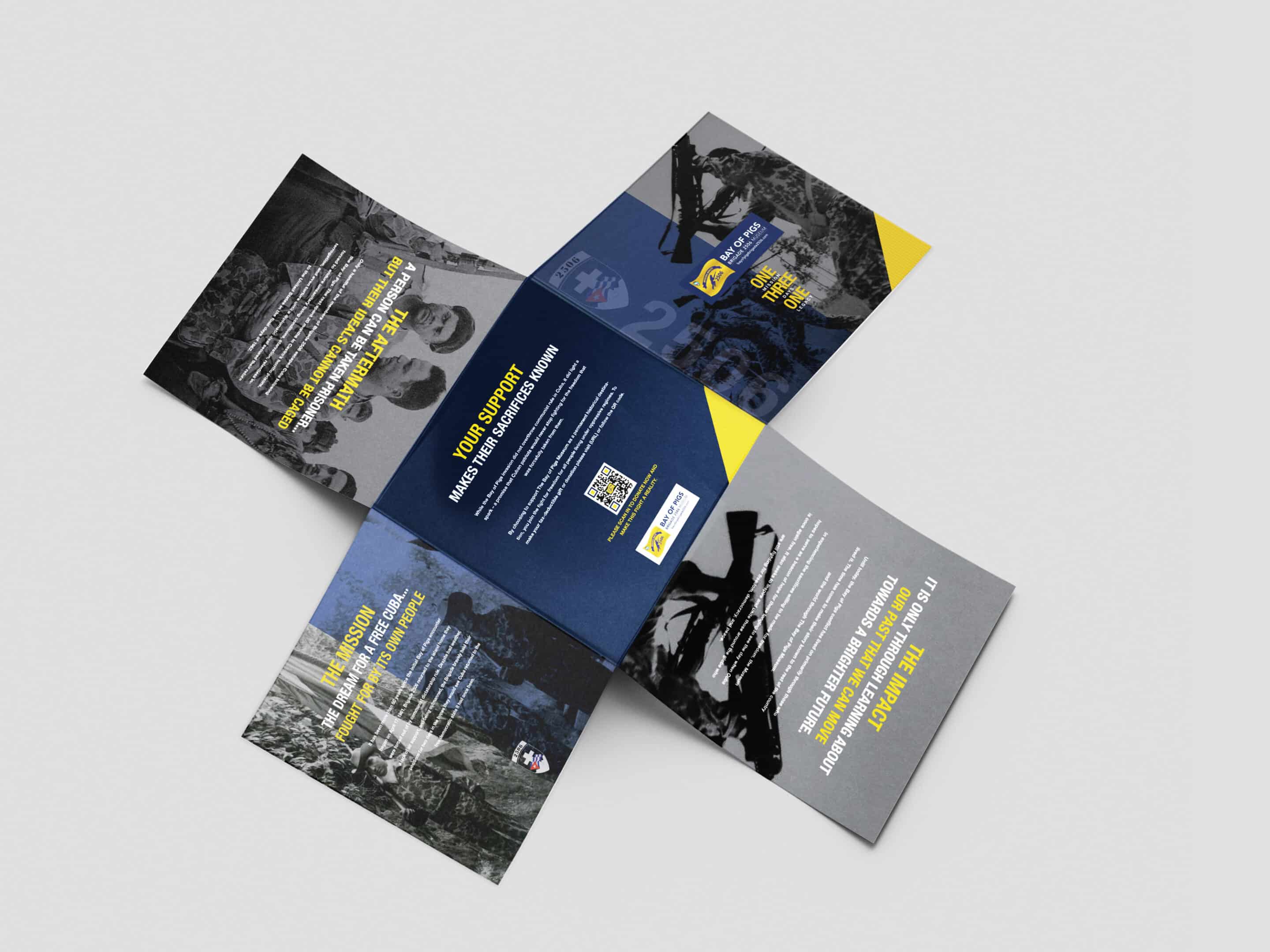
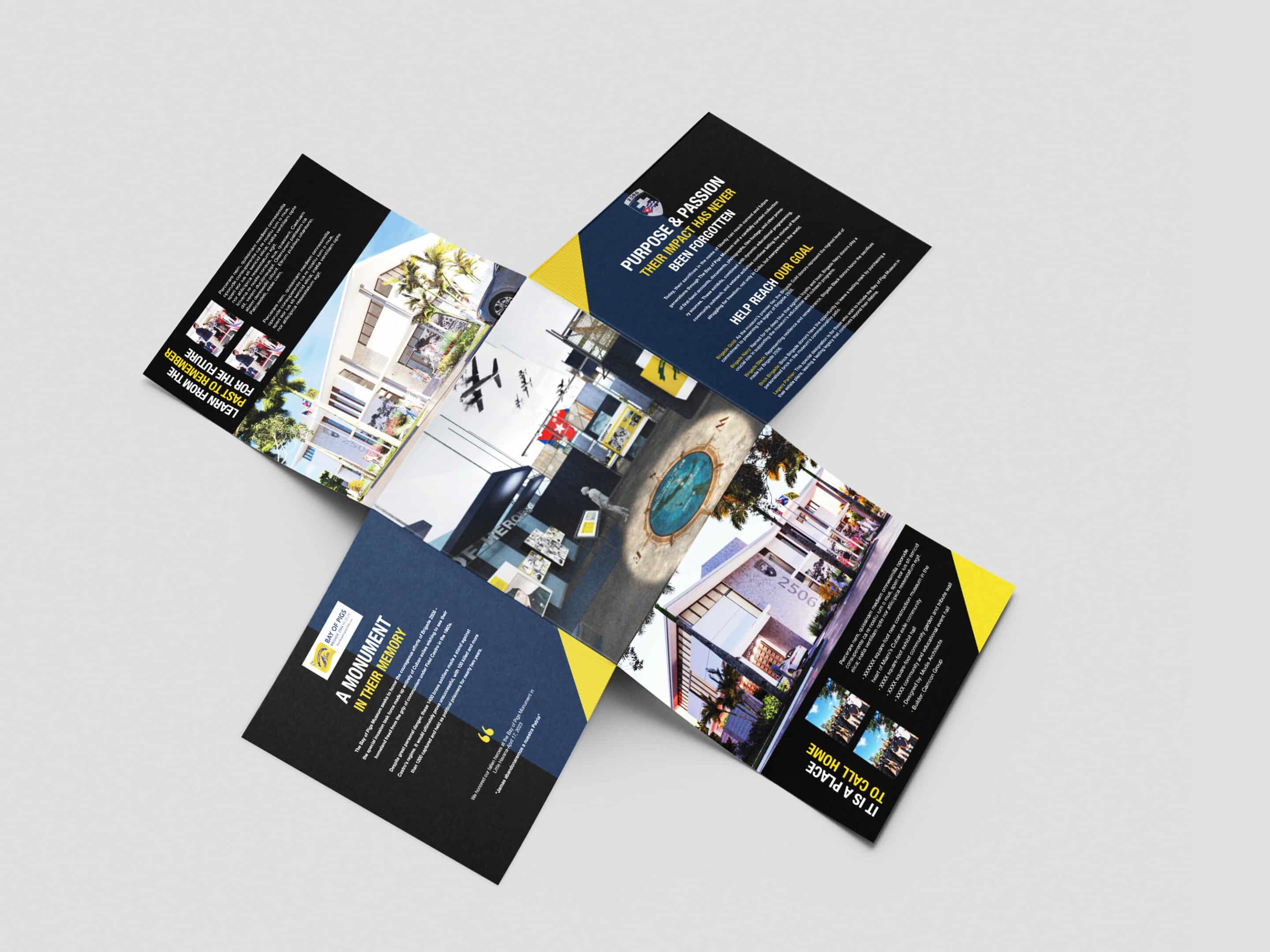
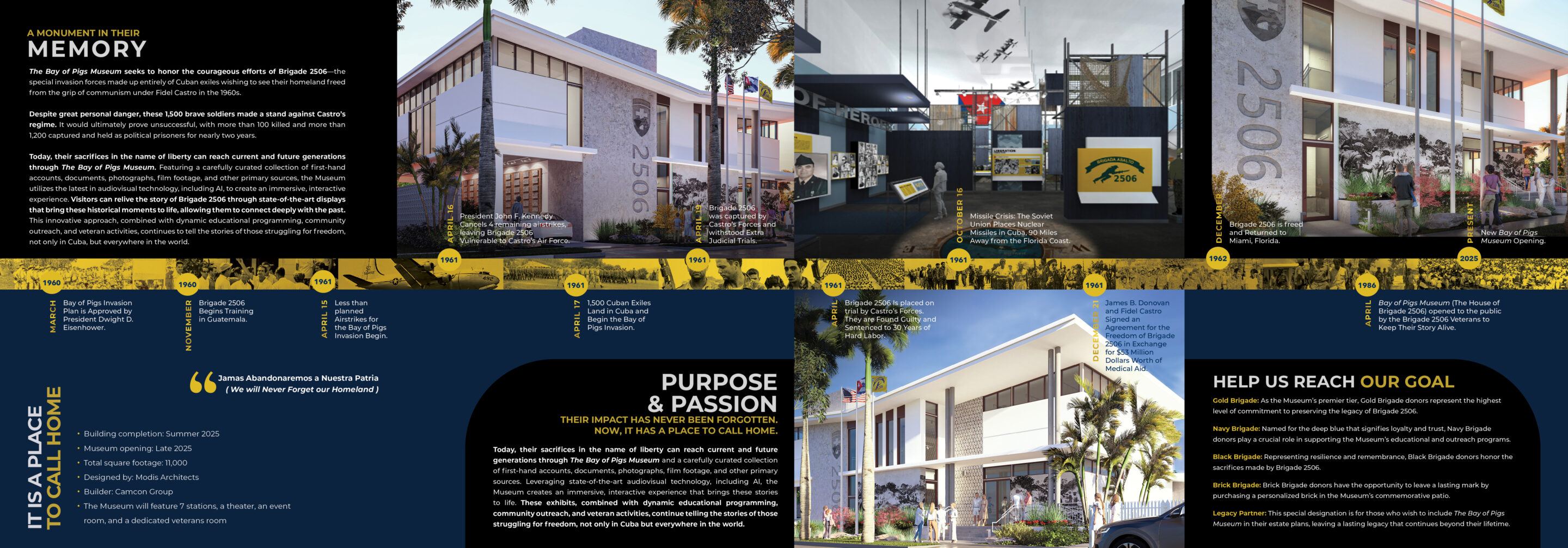
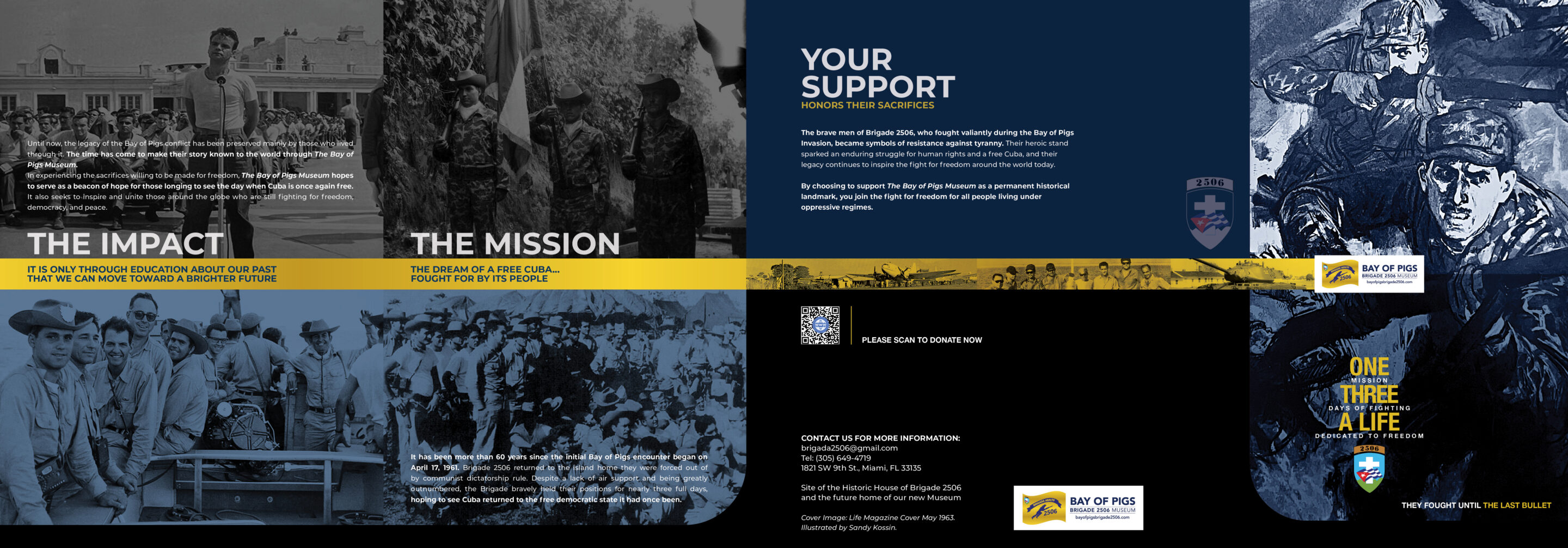
Let’s Work Together
Looking to amplify your marketing strategy with a blend of traditional and digital tactics? Contact us at PIL Creative Group to explore how we can help you create impactful campaigns that deliver results—all while keeping your branding cohesive and impactful.
Your marketing doesn’t need to choose between the past and the future—it can thrive with both.
1. Is traditional marketing still effective in the digital age?
Yes, traditional marketing methods like brochures and postcards remain effective by providing a tactile, personal experience that digital ads often cannot match.
2. How can traditional marketing complement digital strategies?
By integrating traditional methods with digital tools like QR codes, businesses can create a cohesive strategy that reaches both online and offline audiences.
3. What role do QR codes play in traditional marketing?
QR codes help bridge the gap between print and digital marketing, allowing businesses to track interactions, drive website traffic, and encourage app downloads.
4. Does direct mail perform better than email marketing?
Yes, direct mail has a significantly higher response rate than email marketing, with 4.4% of recipients responding compared to just 0.12% for emails.
5. What are some examples of traditional marketing methods that still work?
Brochures, postcards, event invitations, and print advertisements are all effective traditional methods for engaging with local audiences and enhancing brand visibility.
6. How can traditional marketing be used for local businesses?
Local businesses can benefit from traditional marketing by using community-targeted strategies like direct mail, event brochures, and local print ads to enhance their local presence.
7. Can traditional marketing help build trust with consumers?
Yes, tangible materials like brochures and postcards are familiar and trustworthy to consumers, making your brand feel more authentic and approachable.
8. What are the advantages of combining traditional and digital marketing?
Combining both methods ensures consistent messaging, expands your reach across multiple platforms, and allows you to create multiple touchpoints for stronger brand recall.
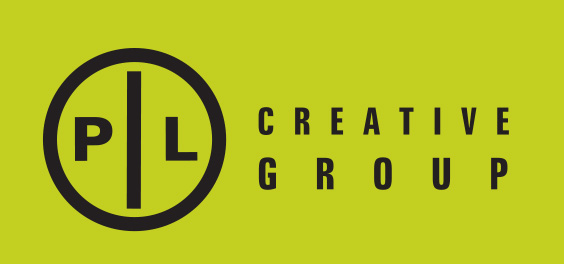






Recent Comments